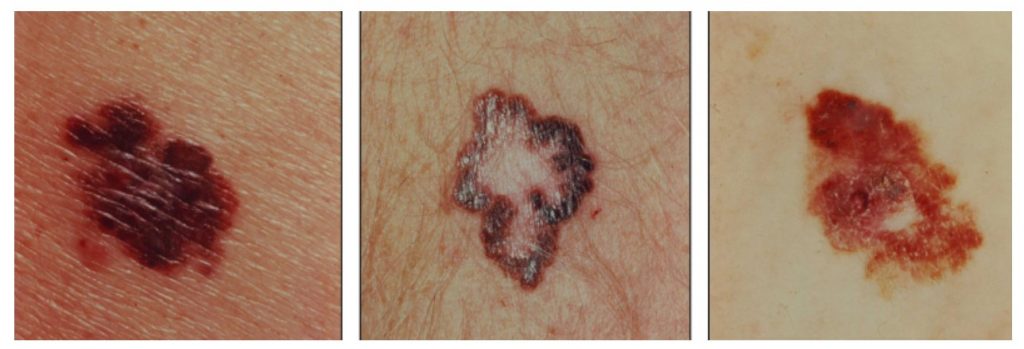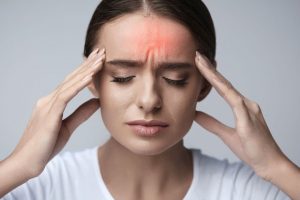All of our pharmacists at Mooloolaba Beach Pharmacy advocate for a healthy, active, outdoor lifestyle and living around Mooloolaba it would be a waste to not spend as much time as possible outside! However, on a beautiful day at the beach it’s easy to overlook the risks that the sun exposes us to. Queensland is the skin cancer capital of the world; in Queensland melanoma has a prevalence of 71 in 100,00 and 2 out of 3 Queenslanders will be diagnosed with a skin cancer by the time they are 70. This is a preventable, life threatening condition and ‘skin cancer capital of the world’ is not a title we should be proud of.
There are three main types of skin cancers, basal cell carcinomas, squamous cell carcinomas and melanomas.

Basal cell carcinomas typically have a ‘pearly’ appearance, but can present in many ways. Sometimes it’s an obvious lesion, other times it’s just a little ‘sore’ that won’t heal.

Squamous cell carcinomas are typically “scally”, but can have look like a wart that scabs over.

Melanomas carry the worst prognosis and can be the hardest to spot.
The mnemonic “ABCDE” can be helpful in deciding between moles and something more sinister.
A – Asymmetrical. Moles should be round!
B – Borders are irregular.
C – Colour changes or different colours within the one mole.
D – Diameter greater than 6mm is more likely to be sinister.
E – Evolution. Is the lesion getting bigger or changing colour?
Most people require a formal skin check every 12 months at an accredited GP or with a dermatologist, but this be more regular if you have a history of skin cancer or multiple risk factors.
These checks are not foolproof and you have much more time to check your own skin than a GP ever will! Ensure you are inspecting your skin thoroughly, at least every 3 months, and taking pictures of spots that you think might be changing! If you spot one, your medical practitioner can look at it with a dermatoscope and decide whether or not a biopsy is necessary!

What is a migraine?
Migraines are a series of attacks which commonly progress through four phases.
- The Prodrome. In the 24-48 hours before the onset of a headache most patients experience a prodrome phase which mostly involve non-specific symptoms such as yawning, neck stiffness, constipation, irritability, depression or even the opposite, euphoria.
- The Aura. Some patient’s experience visual or auditory symptoms but others can experience an inability to speak normally or even inability to move muscles of their face properly.
- The Headache. This is the cardinal symptom of a migraine and can be debilitating. The pain is often unilateral and is usually throbbing or pulsatile, especially as it increases in intensity. Patients usually have nausea and the pain is made worse by light.
- The Postdrome. After the constant pain resolves, there is a period afterwards where sudden head movement causes an acute repeat of the pain.
Signs to watch out for.
There are many different types of migraines and they can be confused with more sinister presentations so it is important to look out for “red flag” symptoms.
These include;
- ‘First’, ‘worst’ headache. If this is the first migraine or far worse than usual.
- ‘Thunderclap’ headache. If the headache comes on instantaneously and is extremely painful.
- Headache in patients over 50 who haven’t had one previously.
- Headaches that that don’t respond to treatment.
- Associated fever, stiff-neck or dramatic change in personality.
Treatment
| Severity | Recommended Treatment |
| Mild-Moderate |
All of this treatment is available over the counter! |
| Severe | If there are any of the red flag symptoms evident, it is worth seeing a doctor for prescription medication or imaging! |
Our Pharmacists also recommend non-pharmacological treatments such as;
- Cold packs over the forehead or back of skull
- Heat packs over the neck or shoulder
- Neck stretches and self-mobilisation
- Rest in a quiet, dark room
Migraines can be a significant cause of morbidity so if you think you or your family members are experiencing migraines come in and see the friendly team of pharmacists at Mooloolaba Beach Pharmacy!
